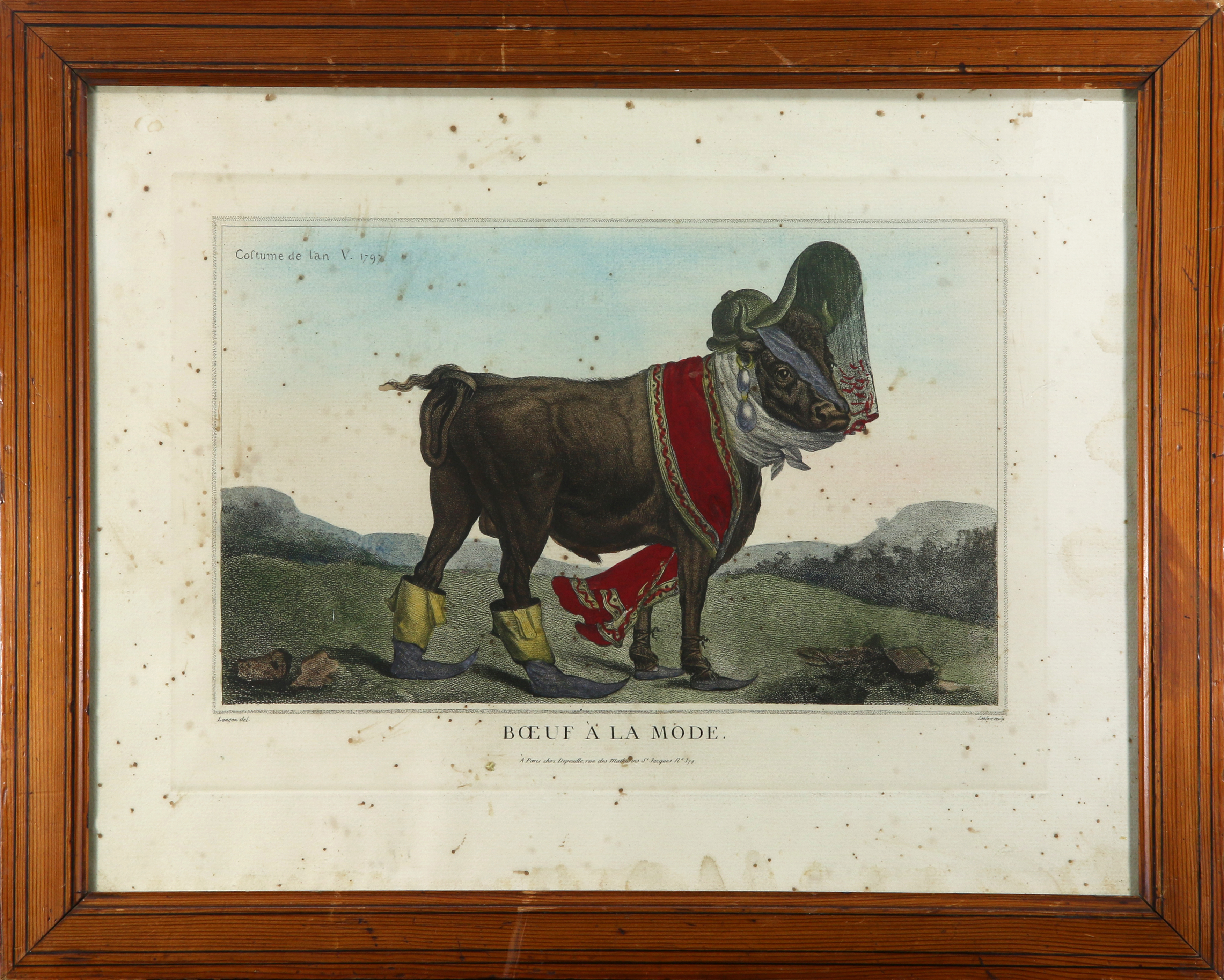 What are condition reports for?
What are condition reports for?
Why you want one & What you need to know
Condition reports are available on all items auction houses offer including jewelry, furniture, decorative items, etc. but in this article we are focusing on Fine Art.
When purchasing art at auction, it’s safe to assume that it has been previously owned and sometimes well loved. Because artworks are not always acquired directly from a gallery where they have been kept in pristine condition, it is important to assess the physical state of works through condition reports. At Clars, condition reports are completed upon request from potential buyers prior to the sale. Since online bidding sites have become a popular way to purchase items in the auction market, these reports are essential as they allow buyers to receive a detailed description of the condition and state of an artwork without viewing it in person. Condition report terminology and techniques vary depending on the medium of a given piece of art and specialists are trained to assess each style of art differently.
Paintings: A common type of painting that is encountered at auction is oil on canvas. When inspecting the condition of such a work, the first element to inspect is the state of the canvas. Are there any tears to the canvas? If a canvas has been torn, the specialist must specify the size and location of the tear as well as any repairs that have been made to it. Relining is also commonly performed on older oil paintings. This process is completed by affixing a new canvas to the back of the original, with either wax or glue, for reinforcement. In addition to assessing the canvas, a condition report will describe the state of the paint. Chips in the paint, or paint loss, must also be addressed. Craquelure, which is a grid of fine cracks to the paint or varnish, is commonly found on older paintings and is an important element in determining the age of a work. Lastly, a specialist will determine if the painting has any inpainting and must describe size and location of these areas. Inpainting, which is often only visible under a black light, is new paint that has been added to a damaged area of the painting. It will usually appear as a dark area under black or UV light.
Prints: As prints are most often done on paper, specialists must be able to properly identify conditions that are unique to that medium. Toning, a discoloration of the paper, can occur on any area of the print or paper and is due to sun exposure and/or mat burning, where the paper touches a non-acid free mat. Toning can result in either yellowing or browning of the paper. Foxing is the appearance of small reddish-brown spots and is a process of deterioration of the paper itself. While the exact cause of foxing is unknown, it is believed to be either a fungal growth on the paper or the effects of the oxidation of iron and copper, which is in the pulp or rag of the paper itself. Creasing is another element that must be assessed by a specialist in a print condition report as severe creasing of the paper can diminish the value of a print. Creasing is also addressed when reporting on other paper based artworks such as drawings and watercolors.
Photography: While photography is also a paper based artwork, the image, created via chemical processes rather than ink, reacts uniquely to different changes in condition. Terms such as creasing, toning, and foxing still apply to photography condition reports, however, several additional terms are used specifically to describe the deterioration of a photograph. Silvering is the bluish or shiny discoloration that appears in the dark areas of a photographic image. This silvery coloring is caused by the oxidation of the elemental silver and creates a mirror-like appearance. Flaking occurs when the photographic emulsion begins to separate from the backing or support. Crackling, another condition type unique to photography, references the pattern of fine cracks that appear on top of the image. Crackling results as the emulsion layer shrinks from its backing.
Condition reports are most often available only by request. There are two main paths to receiving a condition report. All of the major online bidding platforms offer a button that allows a potential bidder to contact the gallery selling the item. Taking a moment to call or email the seller directly can also be very effective. It sometimes even leads to a conversation with a knowledgeable specialist . It is important to remember that an item’s condition is taken into consideration when estimates are given. Understanding some of the terminology auction house specialists use in assessing a piece can lead to confidence in making a decision whether a piece (imperfections and all) is the right thing.



